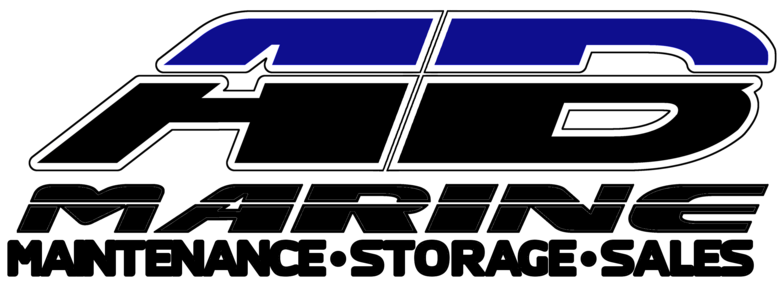Service: (34) 666 807 091
Main office/Storage: (34) 971 251 924
Outboards
What Are The Benefits Of Outboards?
IN Boats feature three types of motors: inboard, outboard and inboard/outboard. An outboard motor is a general-purpose motor that is bolted to the bolt’s stern, putting the entire engine is outside the boat. Outboard motors have several advantages over their inboard and inboard/outboard cousins.
Dedicated Design: Most inboard and inboard/outboard motors were originally designed for cars and adapted for boats. Conversely, the outboard motor was specifically designed for boating. This dedicated design generally makes outboard motors more reliable and efficient.
Size and Space: Outboard motors tend to be the lightest of the three options. Although such a motor appears bulky, all of the bulk is outside the boat, giving the vessel a more spacious interior. These motors are particularly popular for smaller boats because the outboard design does not take up much of the interior space.
Handling: Steering an outboard boat means turning the entire engine, either directly or with a steering wheel. Since all of the boat’s propulsion is going in the desired direction, outboard boats are very easy to handle. This benefit is readily apparent when trying to steer the boat in reverse. Outboard boats handle much better going backward than inboard and inboard/outboard boats.
Low Speeds: Another advantage of the outboard motor is handling at low speeds. Outboard boats can turn effectively with or without power, which makes low-speed maneuvering and docking easy. Other types of boats turn easily only when under power, so docking can be very tricky.
Acceleration: When a boat is in motion, the hull’s movement through the water creates a current. If the propeller is located in turbulent water created by this current, acceleration and fuel efficiency are reduced. However, many outboard motor designs place the propeller farther back, outside the boat’s turbulence. This provides improved acceleration and better fuel efficiency.
Engine Lift: One of the biggest benefits of the outboard design is that the entire motor can be lifted out of the water when not in use. This allows the boat’s owner to keep sensitive parts, including the propeller, in good working order by not being constantly immersed in water.
Maintenance: Being able to lift the whole engine out of the water also makes maintenance easy: Operators can reach the motor from inside the boat and access the whole system while the boat is on a trailer. Inboard and inboard/outboard engines are much harder to reach.
Engine Housing: Outboard motors come with factory engine housing. This provides a protected space where the sensitive electronic and mechanical components are not susceptible to water damage.
Portability: Many smaller outboard motors can be easily detached and moved from boat to boat or put in storage. This is not an option for other types of motors.
Cost: Outboard motors tend to be the cheapest of all the propulsion options. This means that boats with outboard motors are more affordable and that the motor itself is cheaper to replace.





